
Traveling Music Festival in KYOTO" will be held on November 18...
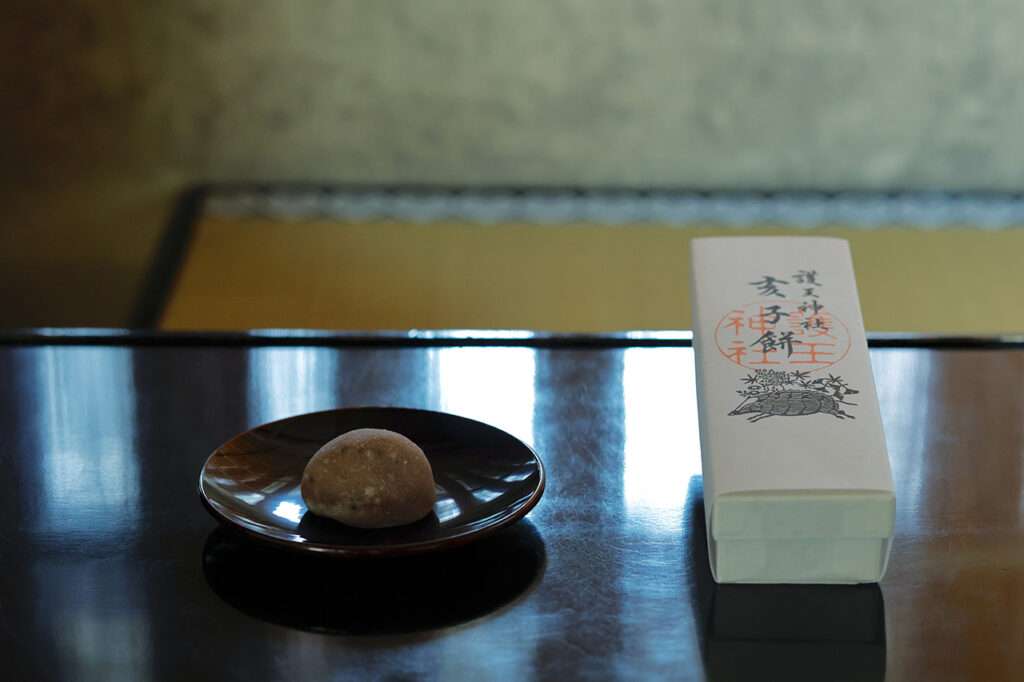

Made in Kyoto "Wagashi". In Kyoto, there are wagashi that are associated with the seasons and with the seasonal and annual events of each time of the year. This section introduces in depth the charm and background of these sweet treats, which can be enjoyed and felt in the present time (the season) of Kyoto.
Boar's Child Mochi" is a well-known Japanese confectionery served on Boar's Child Day. As the name implies, it is a rice cake with a cute, round shape like the child of a wild boar, Uribo.
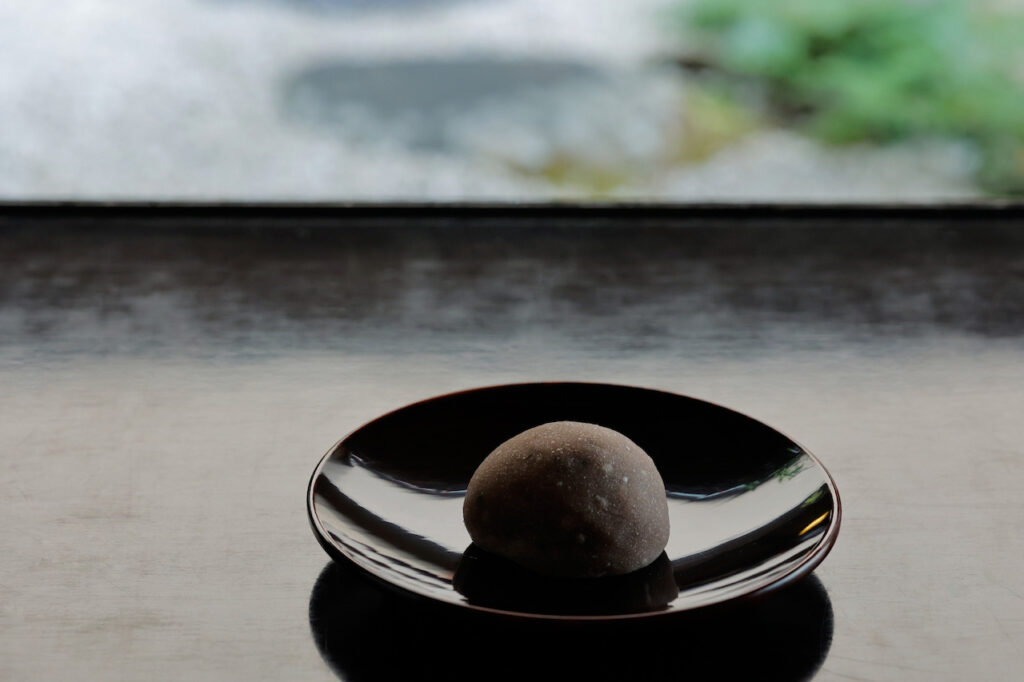
[Ino no ko mochi (boar's whelp rice cake) from Kyokasho Tsuruya Yoshinobu, 464 yen per piece. (Available only from November 1 to the end of the month.)

According to "Wagashi no Kyoto (Iwanami Shinsho)" written by Michiyo Kawabata XV, the Emperor made small red, white, and black rice cakes the size of go stones for the Shimotsuki Gensetsu Gensetsu in November as opposed to round rice cakes for the October Gensetsu Gensetsu. The emperor would make the rice cakes as part of a ceremony to pray for the peace of the people (otsukutsuku), and they were given to the people along with flowers as a good-luck charm (especially for travelers). Over the ages, this tradition evolved into confectionery.
The Inokosai (Boar Festival), a reenactment of the annual Heian-period court ceremony of boar cakes, is held annually on November 1.
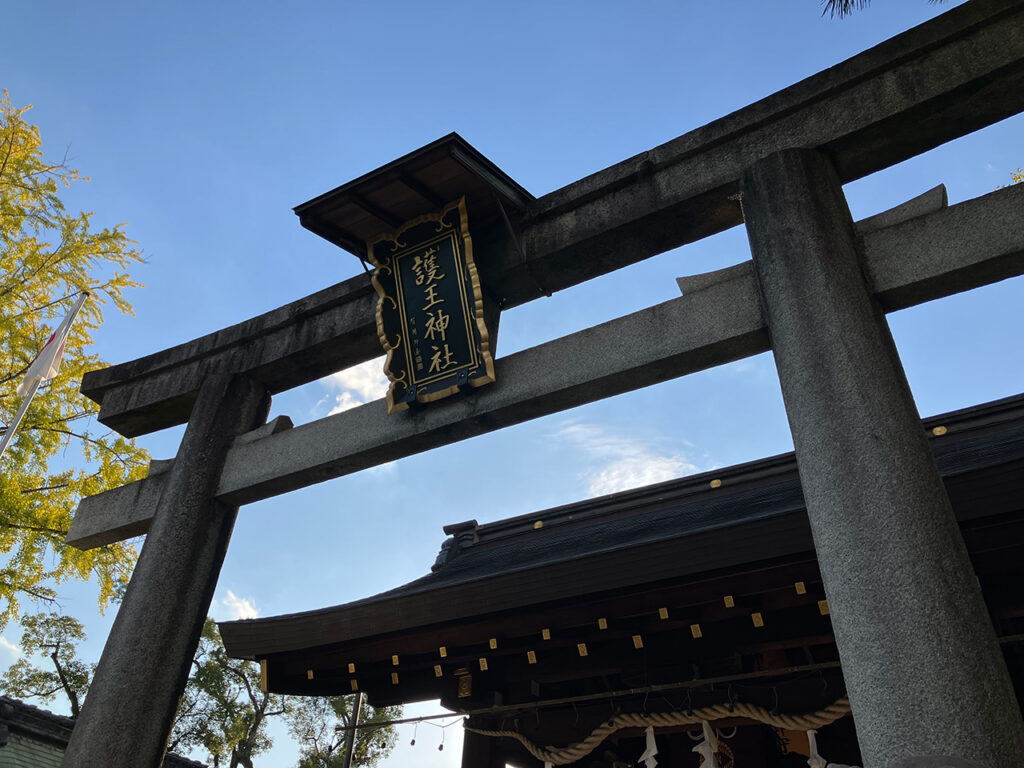

This is a special ritual because the shrine is dedicated to Wake no Kiyomaro, an aristocrat who advised Emperor Kammu to move the capital to Heian-kyo and contributed to the construction of the capital.
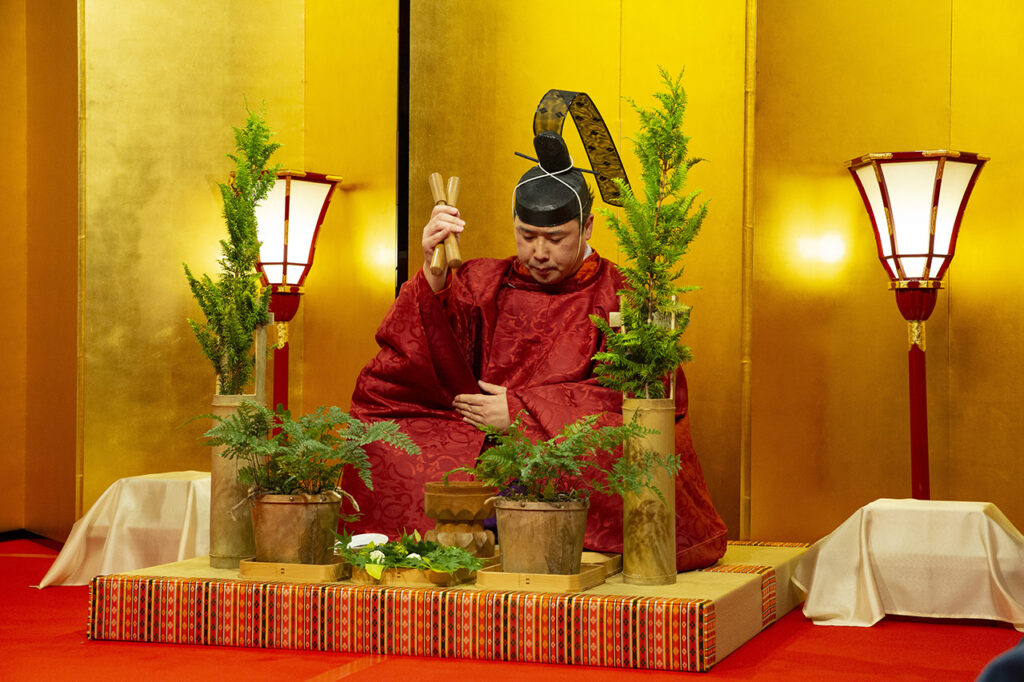
Photo courtesy of Goho Shrine (photo by Yoko Taguchi)

After the ceremony of making three kinds of rice cakes with red azuki beans, white chestnuts, and black sesame seeds, a group of people dressed in Heian costume goes to the [Kyoto Imperial Palace] to present the rice cakes with chrysanthemum, ginkgo, and maple leaf (maple) garnish and ninja grass, as they did then. When they return to the shrine, boar rice cakes are popularly served to general visitors to pray for good health.
[At the Gowo-jinja Shrine, a set of three boar mochi (1,500 yen, tax included) is sold as a souvenir.

Boar mochi sold on November 1 at [Gowo-jinja Shrine], 1,500 yen for 3 pieces.

A mochi sweet for those who love red bean paste.
[The flavor, texture, and color of Tsuruya Yoshinobu's red bean paste varies depending on the weather and other factors, even within the same production area, so the staff in charge visits azuki bean fields in the area every year to assess and select the best azuki beans from the best areas. The azuki beans and red bean paste are carefully selected.
As for the connection to the court event "Xuan Boar," there was originally a Chinese custom that eating rice cakes on the day of the boar in October of the lunar calendar would bring good health. Some people believe that it is a prayer for the prosperity of offspring, as the "boar" in "Boar Day" refers to a boar with many children.
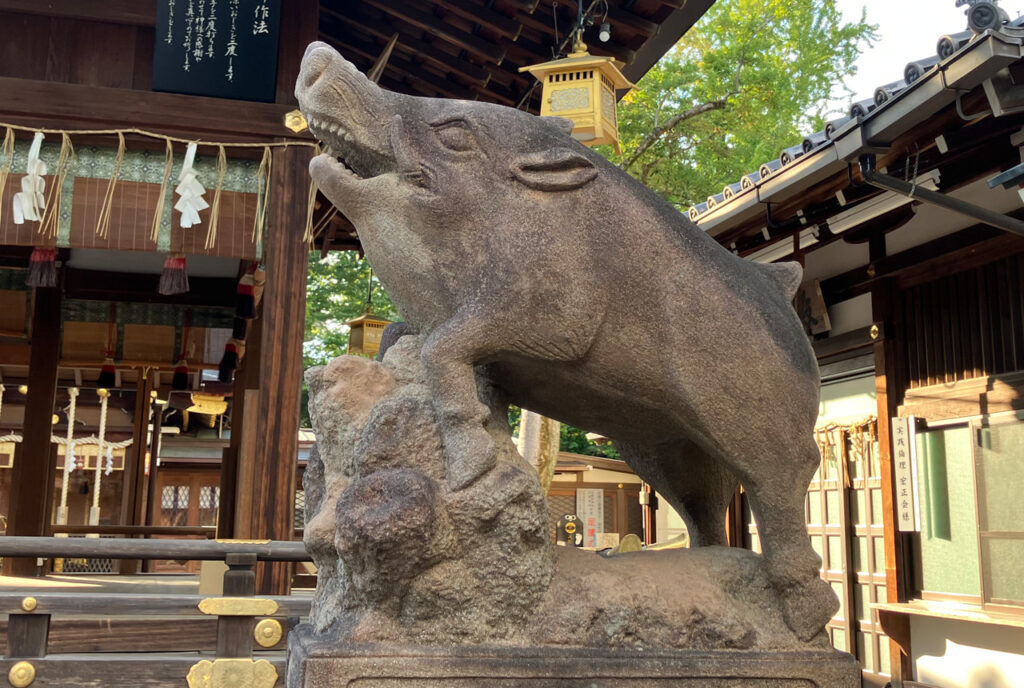

Also, in the world of tea ceremony, there is the "Ro-Biraki" in November, when the fire is lit in the "furnace" for boiling water, which was closed from May to October. The Chinese character for "boar" means water in the Yin-Yang Five Elements, and since water controls fire, it was believed by the common people that if you lit the hearth or kotatsu on the day of the boar in the month of the boar, you would not have a fire. It seems to teach us to think once again about taking care of our bodies before the cold weather sets in.
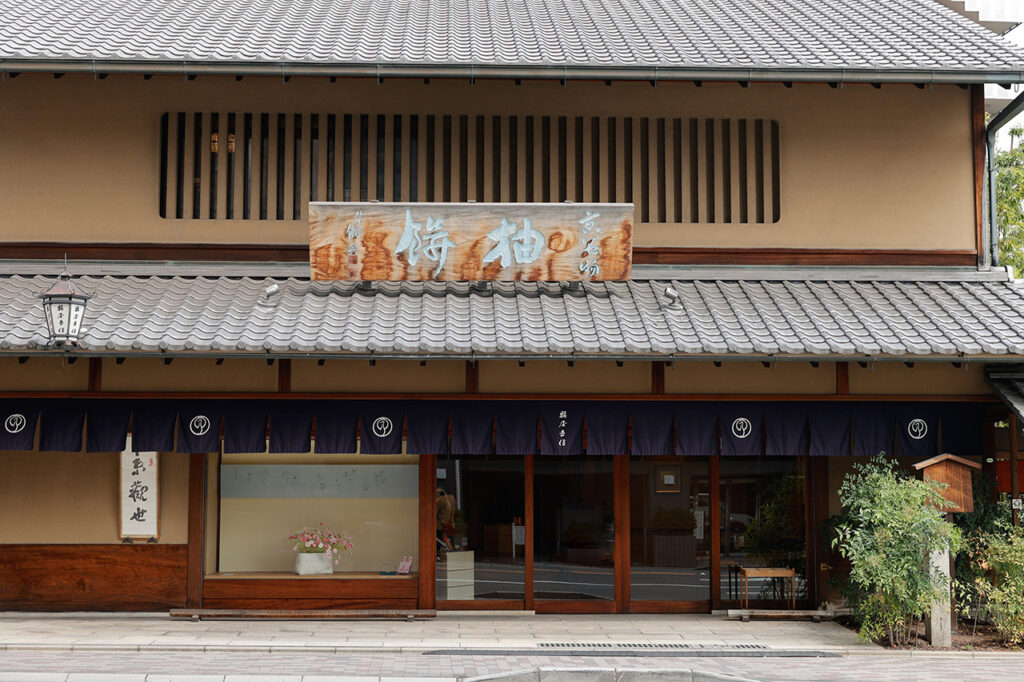

It changes every year, but in 2023 it is Wednesday, November 1 in the new calendar. In the lunar calendar, it is November 13th (Monday). [At the main store of Tsuruya Yoshinobu, boar mochi will be on sale from November 1 to the end of the month, and can be enjoyed with powdered green tea at the tea house on the second floor.
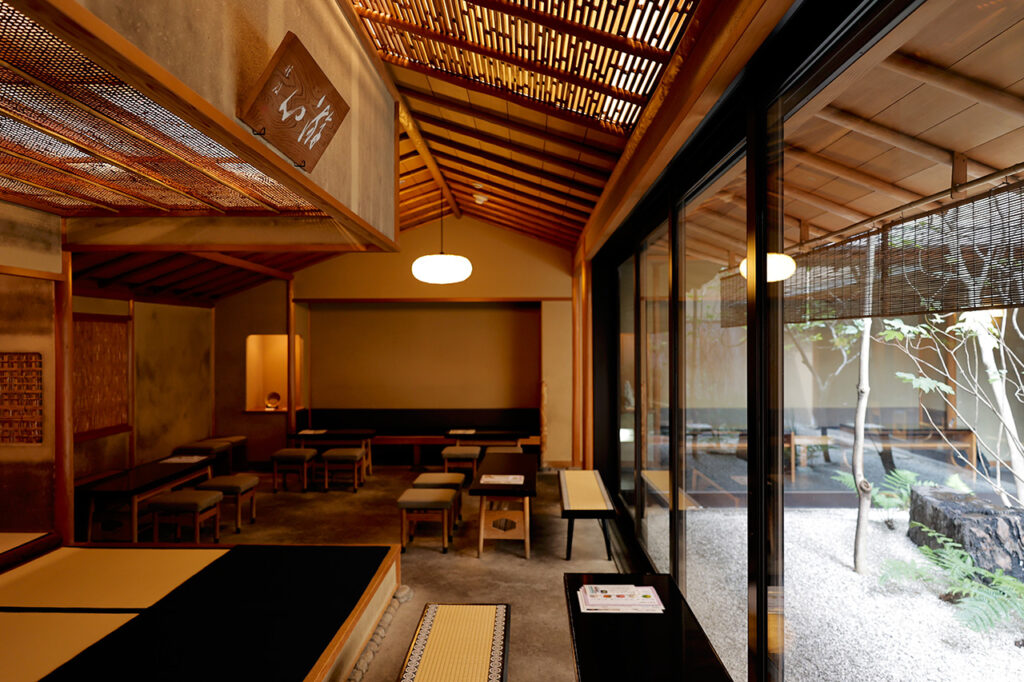

The characteristic of boar mochi is that they are not similar in style to mizunashi or kashiwa mochi, and each store offers a variety of boar mochi, so you can enjoy your favorite one with a cup of hot tea.
Over 600 interviews per year! An order site carefully selected by the editors who knows Kyoto and Shiga.
nowOfficial LINE friend registration500 yen OFF coupon is being issued!
 News
News Feature article
Feature article Featured event
Featured event